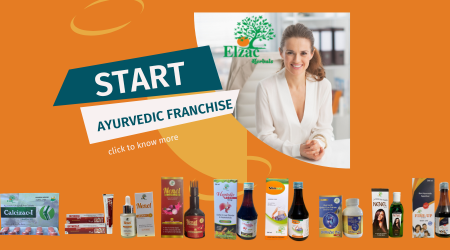Pharmaceutical distributors include chemists, pharmacy store, medical store, drug store etc. Pharmaceutical distributors are the retail drug stores having retail drug license and deals in dispensing of medicines against prescription of a registered medical practitioner. They are in directly contact with patient or its caretaker. That makes them eligible for gaining maximum profit margin in pharmaceutical distribution channel.
Chemists and Pharmacies are the bottom part of pharmaceutical distribution channel. Whether a pharmaceutical company sell through branded drug marketing, generic drug marketing, pharma franchise marketing or OTC drugs marketing, pharmaceutical retailers is important part of their distribution channel.
Every part of distribution channel gets a certain amount of profit margin as we have discussed in our article: Profit margin in pharmaceutical industry. Pharmaceutical retailers are having a certain amount of profit margin which vary little bit as marketing types of a pharmaceutical company
Read: Difference between branded medicine and generic medicines
Profit Margin of Pharmaceutical Retailers (as per Marketing Types):
In Branded medicine marketing:
In Generic medicine marketing:
In Over the Counter Medicine marketing:
In Pharma Franchise Medicine Marketing:
Keywords: profit margin in pharmaceutical industry in india, pharmaceutical industry profit margin 2018/2019/2020, pharmaceutical industry profit margin 2017, pharmaceutical industry profits 2018, big pharma profits 2017, big pharma profits 2018, pharmaceutical industry profits 2017, the pharmaceutical industry
Chemists and Pharmacies are the bottom part of pharmaceutical distribution channel. Whether a pharmaceutical company sell through branded drug marketing, generic drug marketing, pharma franchise marketing or OTC drugs marketing, pharmaceutical retailers is important part of their distribution channel.
Every part of distribution channel gets a certain amount of profit margin as we have discussed in our article: Profit margin in pharmaceutical industry. Pharmaceutical retailers are having a certain amount of profit margin which vary little bit as marketing types of a pharmaceutical company
Read: Difference between branded medicine and generic medicines
Profit Margin of Pharmaceutical Retailers (as per Marketing Types):
In Branded medicine marketing:
- Profit margin is 18-22% plus offers
In Generic medicine marketing:
- Profit margin is more than 30%
In Over the Counter Medicine marketing:
- Profit margin is 18-22% plus offers
In Pharma Franchise Medicine Marketing:
- Profit margin is 18-22% plus offers
Read Related: Profit margin in pharmaceutical industry
Keywords: profit margin in pharmaceutical industry in india, pharmaceutical industry profit margin 2018/2019/2020, pharmaceutical industry profit margin 2017, pharmaceutical industry profits 2018, big pharma profits 2017, big pharma profits 2018, pharmaceutical industry profits 2017, the pharmaceutical industry

Comments
Post a Comment